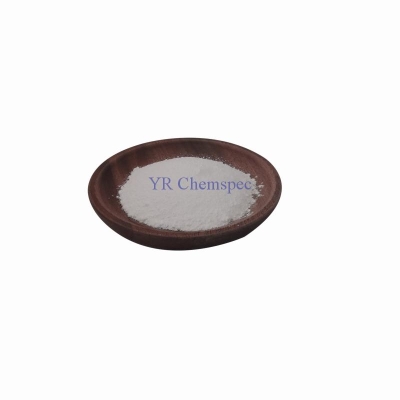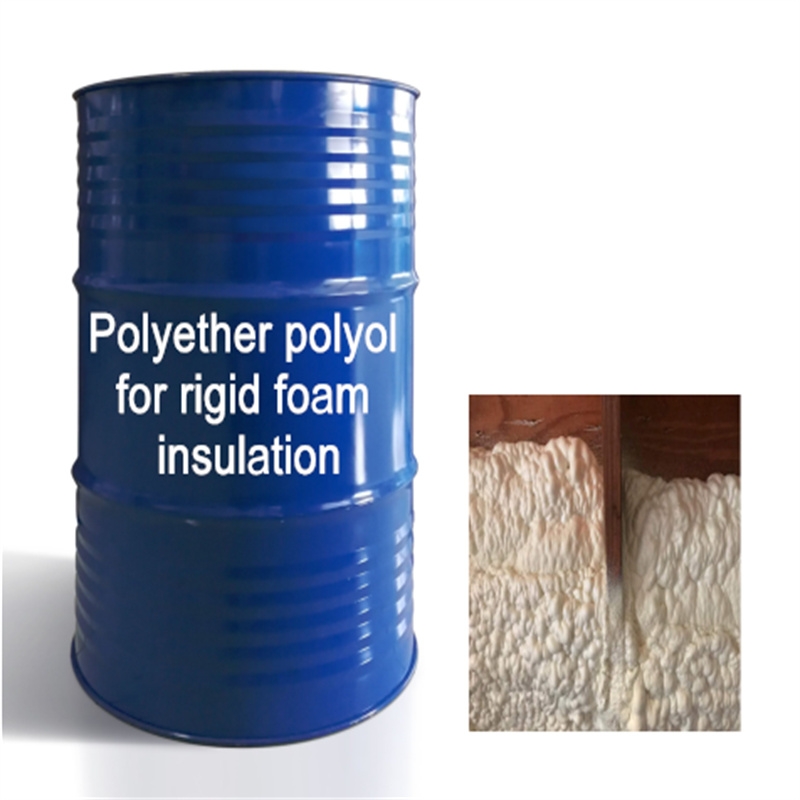-
Categories
-
Pharmaceutical Intermediates
-
Active Pharmaceutical Ingredients
-
Food Additives
- Industrial Coatings
- Agrochemicals
- Dyes and Pigments
- Surfactant
- Flavors and Fragrances
- Chemical Reagents
- Catalyst and Auxiliary
- Natural Products
- Inorganic Chemistry
-
Organic Chemistry
-
Biochemical Engineering
- Analytical Chemistry
- Cosmetic Ingredient
-
Pharmaceutical Intermediates
Promotion
ECHEMI Mall
Wholesale
Weekly Price
Exhibition
News
-
Trade Service
4.
Operation steps
(1) Sample pretreatment During the sampling and preparation process, care should be taken not to contaminate the sample
.
Grain and legumes are shelled and sundries are removed, ground, passed through a 20-mesh sieve, stored in plastic bottles, and stored for later use; vegetables and fruits are washed, dried, and edible parts are taken and mashed for later use: fish, meat, etc.
(2) Sample digestion (choose one method according to laboratory conditions)
①Dry ashing method: Weigh 1.
00~5.
00g (according to the cadmium content) sample in a porcelain crucible, first carbonize it to smokeless on a small fire on an adjustable electric furnace, and move it into a muffle furnace (500±25)℃ ash After 6-8h, let cool
.
If individual samples are not completely ashed, add 1 mL of mixed acid and heat it on a small fire on an adjustable electric furnace.
②Pressure digestion tank digestion method: Weigh 0.
20~2.
00g samples (dry samples of grains and beans should not exceed 1g, and control the samples of vegetables, fruits, and animals within 2g.
After weighing the samples with large water content, steam the water to nearly dry) Add 2 to 4 mL of nitric acid to soak overnight in a polytetrafluoroethylene tank .
Add 2~3mL of hydrogen peroxide (30%) (the total amount cannot exceed 1/3 of the inner tank volume) .
Cover the inner cover, screw the stainless steel jacket tightly, put it in a thermostat, keep it at 120~140℃ for 3~4h, cool it to room temperature naturally, use a dropper to wash or filter the digestive fluid (depending on whether the digestive fluid has precipitated Dependent) Wash the tank with a small amount of water several times in a 10-25mL volumetric flask, combine the lotion in the volumetric flask and dilute to the mark, shake well for later use; at the same time do a reagent blank test .
③Wet digestion: Weigh 1.
00~5.
00g sample in a conical flask, put a few glass beads, add 10mL of mixed acid, cover and soak overnight, add a small funnel to digest on the electric furnace, if it turns brown and black, add and mix Acid, until white smoke, the digestive juice is colorless, transparent or slightly yellow, let it cool, use a dropper to wash or filter the digestive juice (depending on whether the digestive juice is precipitated) 10-25mL volumetric flask, water Wash the Erlenmeyer flask several times in a small amount, combine the lotion in the volumetric flask and dilute to the mark, shake well for later use; at the same time make a reagent blank test
④Microwave digestion method: accurately weigh 0.
300~0.
(3) Determination
①Instrument reference conditions: wavelength 228.
8nm; slit 0.
5~1.
0mm; lamp current 8~10mA; drying temperature 120℃, 20s; ashing temperature 350℃, 15~20s; atomization temperature 1700~2300℃, 4~5s , The background correction is the Er lamp or Zeeman effect to subtract the background
.
② Standard curve drawing: draw the cadmium standard solution 0.
0, 1.
0, 2.
0, 3.
0, 5.
0, 7.
0, 10.
0 mL prepared above and dilute to the mark in a 100 mL volumetric flask, equivalent to 0.
0, 1.
0, 2.
0, 3.
0, 5.
0, 7.
0 , 10.
0mg / mL, each of the suction linear regression equation 10uL injection graphite furnace were measured for absorbance at the adjusted condition of the instrument, and the relationship between absorbance and concentration determined, or automatically by the instrument gauge
measurement result calculated from the standard curve
.
③Sample measurement: draw 10uL of reagent blank and sample solution respectively, inject it into a graphite furnace, measure the absorbance under the adjusted instrument conditions, and substitute it into the standard series of unary linear regression equations to obtain the cadmium content in the sample solution, or automatically by the instrument Calculate the result of the sample content
.
5.
Result calculation
Where x-the pot content in the sample, ug/kg (or ug/L)
p 1 ——determine the content of cadmium in the digestion solution of the sample, ng/L
p 2 ——Cd content in blank solution, ng/L
m——sample mass or volume, g(mL)
V——Total volume of sample at constant volume, mL
6.
Tips
(1) Graphite furnace atomic absorption spectrometry for the determination of trace elements in food has the characteristics of high sensitivity, but the background interference of atomic absorption spectroscopy is a complicated problem, except for the use of special equipment of the instrument itself, such as continuous light source background corrector, atmosphere lamp In addition to the background correction technology and the Zeeman effect background correction technology, it is very important to select a suitable matrix modifier
.
This method interferes with the sample.
(2) Microwave digestion or high-pressure digestion of samples has the advantages of simplicity, rapidity, less acid consumption, and prevention of pollution and loss
.
During operation, attention should be paid to the sampling volume of samples not exceeding the regulations, and the heating temperature should be strictly controlled







